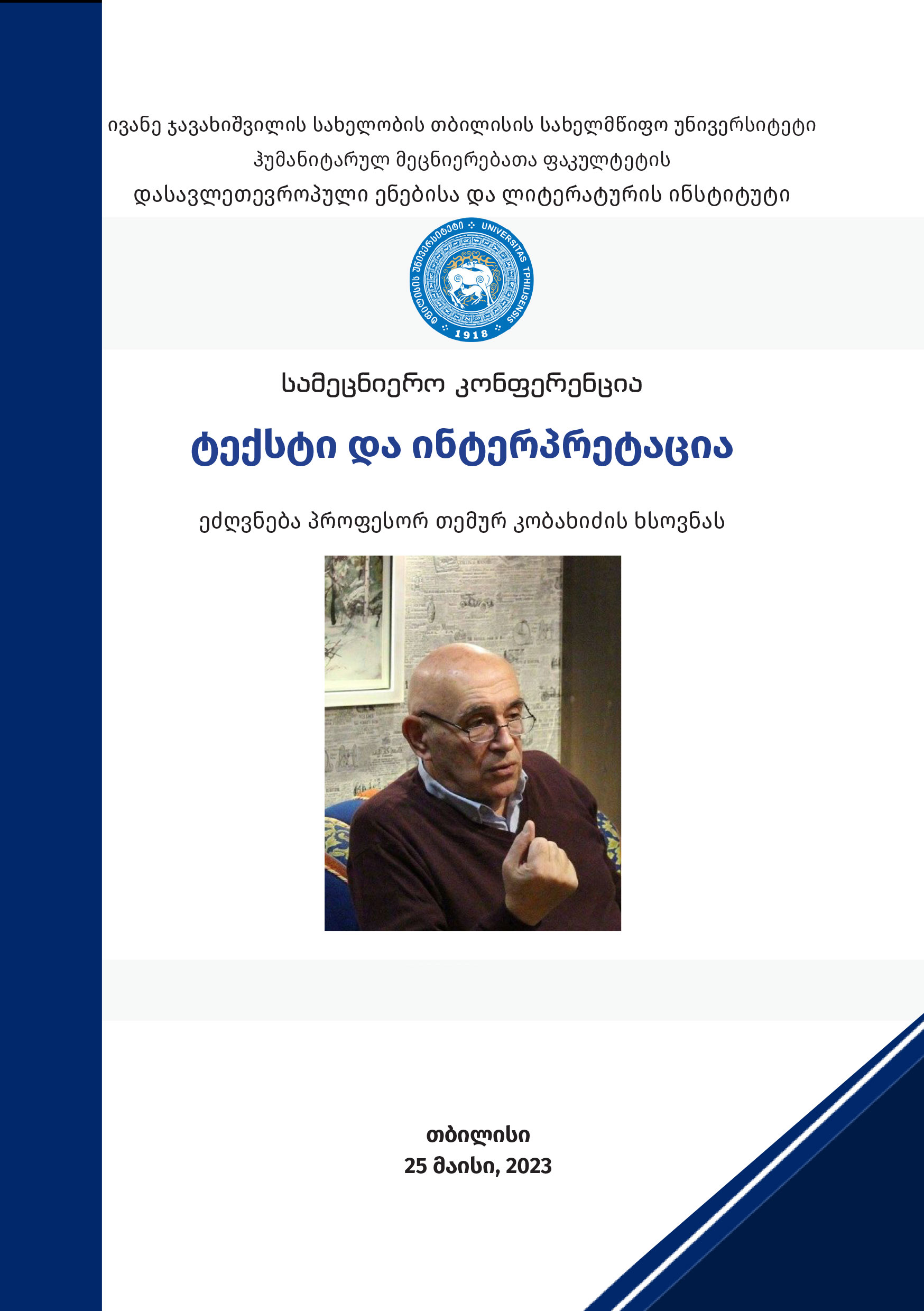Discourse in Postmodern:Interpretation or Disruption of the Communicative Function of a Language
DOI:
https://doi.org/10.55804/jtsu-2960-9461-2023-3Keywords:
functions of a language, semiotic sign, discourse, modernism, postmodernismAbstract
The communicative function of language involves not only the transmission of a message containing information but also the decoding and understanding of this message. According to Roman Yakobson, to communicate, in addition to the actors (respectively, the addresant and the addressee) and the information itself, it is necessary to have a common cultural background (respectively, discourse). The sign, which is a symbiotic whole of meaning and form, functions only in a society that creates a unified common discourse for all individuals speaking this language.
Modernism is characterized by the experimental radical break of the traditional forms of a sign whereas postmodernism is characterized by the deconstruction of the conventional meaning of a sign as it is shared in society, logically resulting in the disappearance of a content of socially conventional common “sign”.
According to Ferdinand de Saussure, a linguistic sign is rather a product of complicated psychophysiological processes than a pure nomenclatural link between a thing and a name – it is the link between a concept and a sound pattern. The sound pattern is the hearer’s psychological impression of a sound as given to him by the evidence of his senses. This sound pattern may be called a ‘material’ element only in that it is the representation of our sensory impressions. The sound pattern may thus be distinguished from another element associated with it within a linguistic sign. This other element is generally of a more abstract kind: the concept, which is a result of abstraction, generalization, and categorization of specific sensory impressions.
However, the form of the postmodern sign establishes a symbiotic relationship not with the concept, but with specific, discursively divided perceptions, and marks the concepts formed in this particular discourse. This matter makes it impossible to realize the main, communicative function of a language: if the abstraction of specific representations, i.e., concepts, among the speakers of one language is not unified, with specific perceptions and representations operating only in specific discourses, communication becomes impossible to even between people speaking the same language. Communication involves not only the transmission of a message, but also the socialized decoding-understanding of information, and the sign formed in this way no longer allows this, as the decoding-identification of the sign becomes possible only in divided discourses of sub-societies. Communication between such deconstructed discourses is more like "translation" and thus naturally relates to motivation - does anyone want to "translate", that is, understand any text?
This state of the language, according to the theoretical approach of Wilhelm von Humboldt, actually gives a more complex picture: virtual parallel worlds are created and communication between people in these virtual spaces becomes impossible if there is no desire to "translate".

